Fungicides
Fungicides are pesticides that prevent, kill, mitigate, or inhibit parasitic fungi and their reproductive spores. They are commonly used in agriculture to prevent or treat fungal diseases detrimental to crop production.
Fungicides, which can be used on nearly every crop type and in conventional and organic production, generally work by immobilizing critical metabolic pathways to prevent spore germination or hyphal growth. In agricultural production, fungicides may be applied via a seed treatment, in-furrow at planting, or as an in-season foliar application.
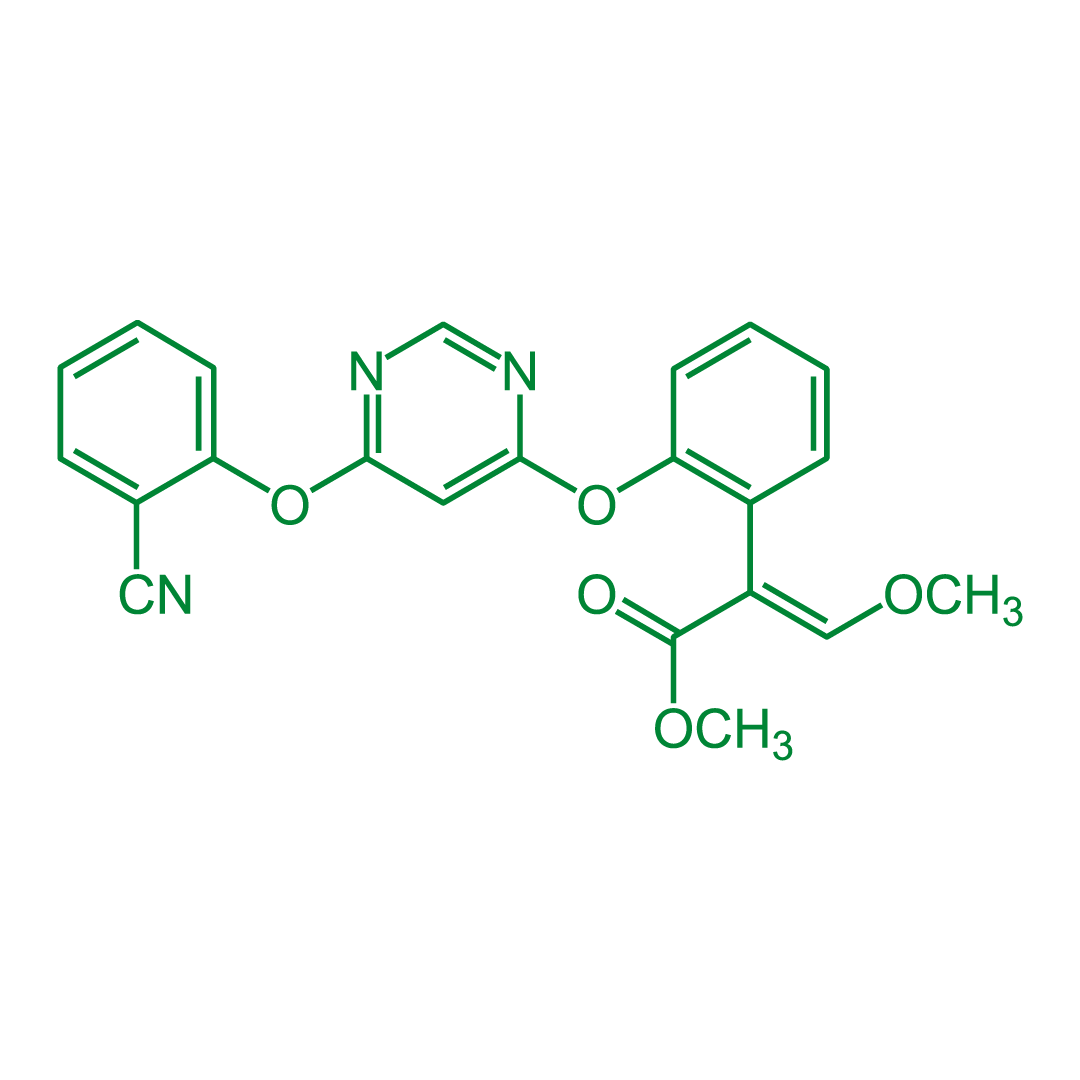
Azoxystrobin
Azoxystrobin is a systemic fungicide that is adsorbed quickly by the roots and translocated through the xylem to the stems and leaves, or through leaf surface to the leaf tips and growing edges.
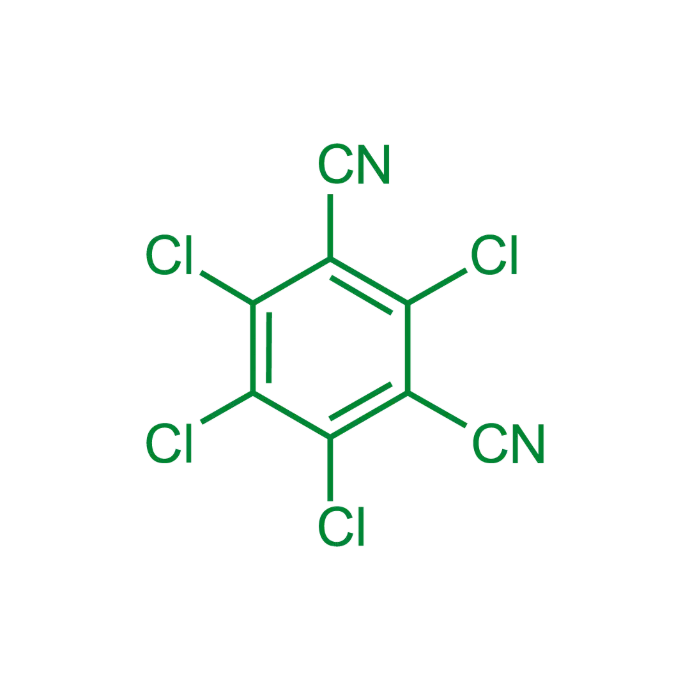
Chlorothalonil
Chlorothalonil is a non-systemic fungicide with a protective action (fungistasis and fungicidal action) ideal for antiresistance strategy.
Prothioconazole
Prothioconazole is a systemic fungicide to control many diseases in several crops. Sipcam provides a special formulation 400 g/L concentration that brings excellent performance with low rate/ha application
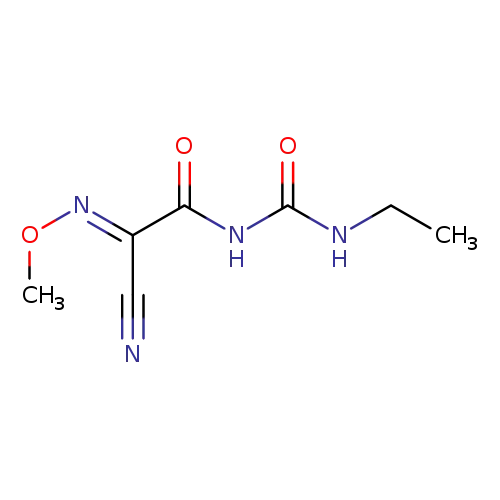
Cymoxanil
Cyomaxinil is a fungicide which was first introduced in 1977. It is an acetimide compound used as both a curative and preventative foliar fungicide. It is used on grapes, potatoes, tomatoes, hops, sugarbeets and other vegetable crops. Cymoxanil's mode of action is as a local systemic. It penetrates rapidly and when inside the plant, it cannot be washed off by rain. It controls diseases during the incubation period and prevents the appearance of damage on the crop. The fungicide is primarily active on fungi belonging to the Peronosporales order: Phytophthora, Plasmopara, and Peronospora. Cymoxanil has low acute and chronic toxicity
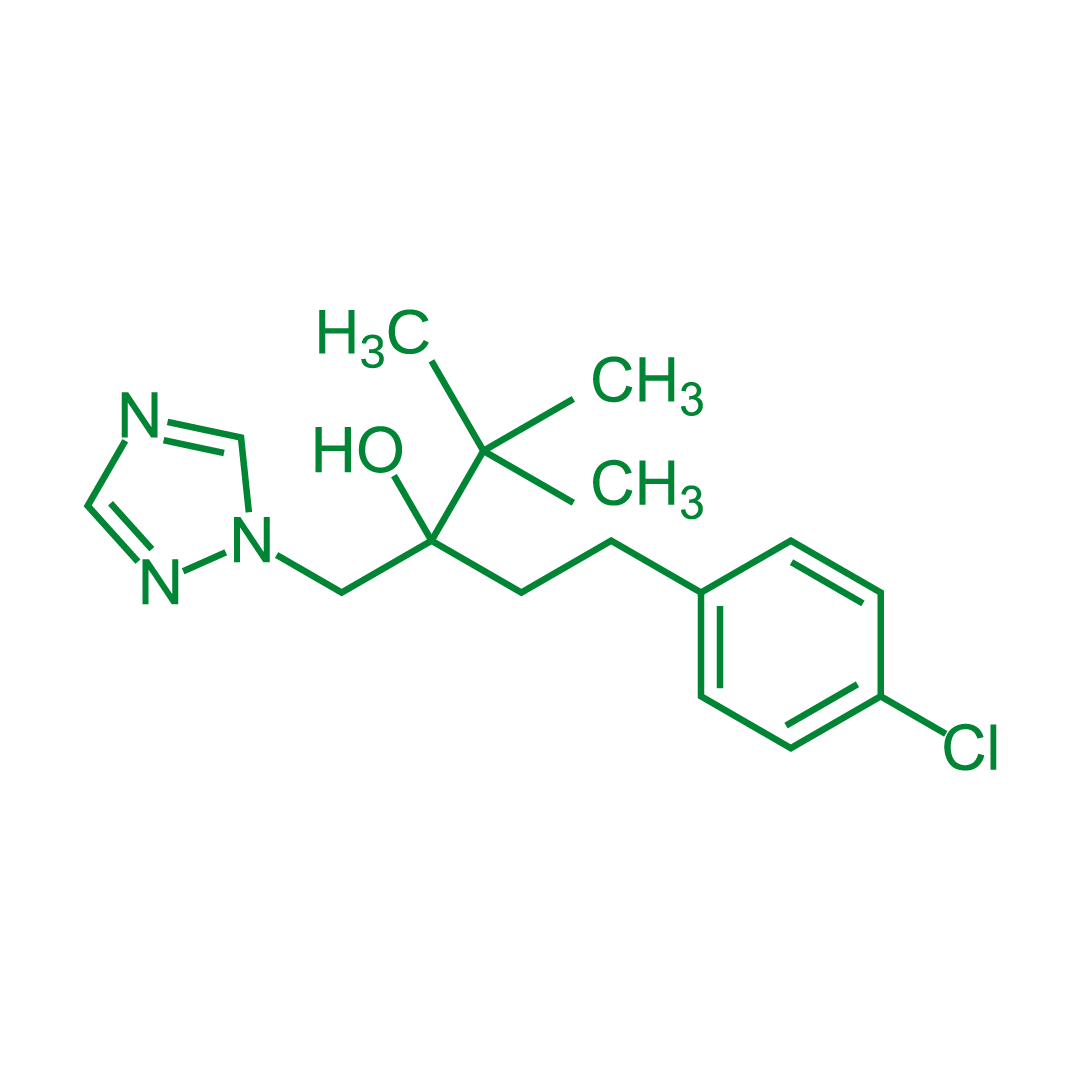
Tebuconazole
Tebuconazole is a systemic broad spectrum fungicide with protective, curative and eradicant action; rapidly absorbed into the vegetative parts of the plant, with translocation principally acropetally.
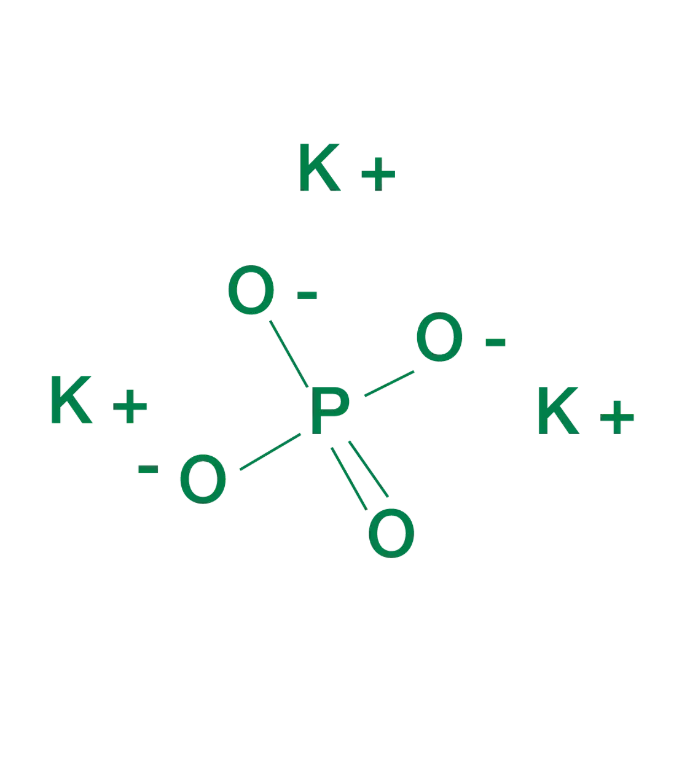
Potassium Phosphonate
Potassium Phosphonate is a systemic fungicides for the control of Downy mildews, Phytophtora and Cicloconium. It has high systemicity and it is an ideal partner for contact products. It has an indirect action on pathogens by stimulating the plant's self-defenses, but also a direct fungicidal action. It is miscible with the main pesticides.
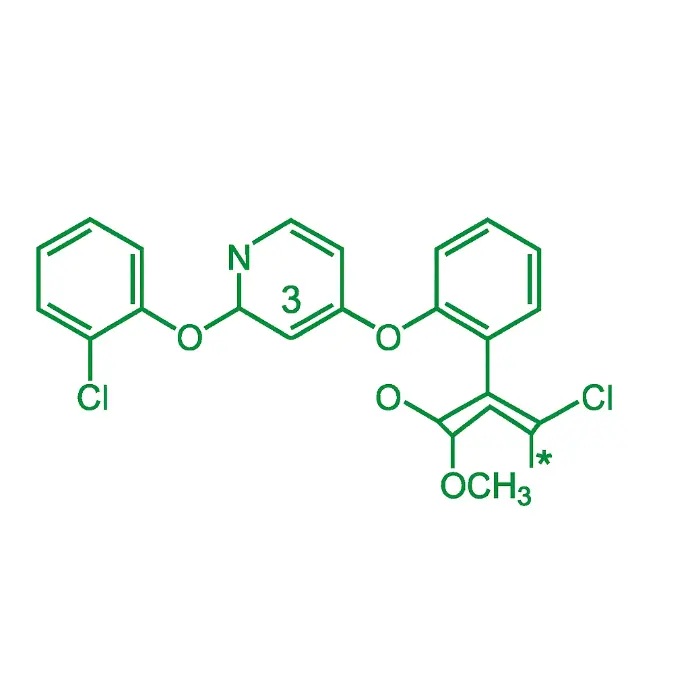
Difenoconazole
Difenoconazole is a broad spectrum fungicide that controls a wide variety of fungi – including members of the Aschomycetes, Basidomycetes and Deuteromycetes families. It acts as a seed treatment, foliar spray and systemic fungicide. It is taken up through the surface of the infected plant and is translocated to all parts of the plant. It has a curative effect and a preventative effect. Difenoconazole can be applied to winter wheat, oilseed rape, Brussels sprouts, cabbage, broccoli/calabrese and cauliflower. It controls various fungi including Septoria tritici, Brown Rust, Light Leaf Spot, Leaf Spot, Pod Spot, Ring Spot and Stem canker. It also prevents Ear Discolouration in winter wheat. The mode of action of difenoconazole is that it is a sterol demethylation inhibitor which prevents the development of the fungus by inhibiting cell membrane ergosterol biosynthesis.
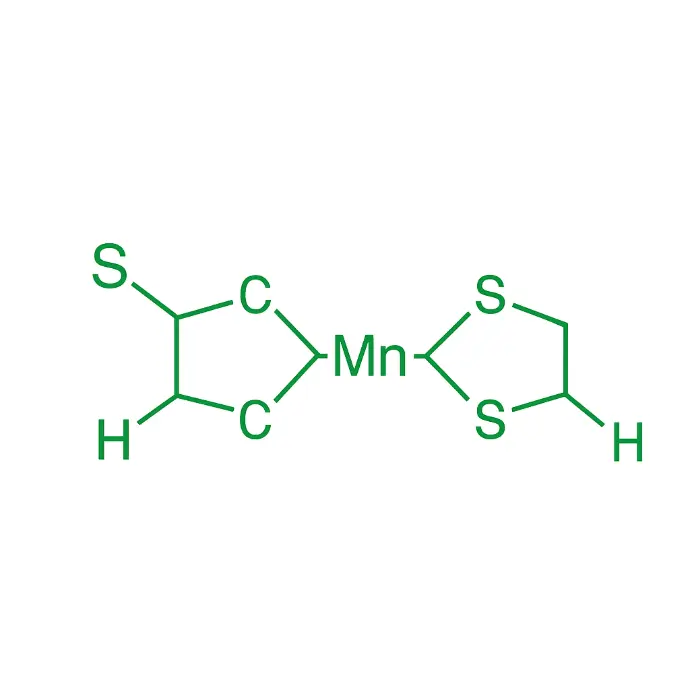
Mancozeb
Mancozeb is a general use fungicide that is a member of the chemical class known as ethylene bisdithiocarbamates (EBDCs). The EBDCs are fungicides used to prevent crop damage in the field and to protect harvested crops from deterioration in storage or transport. Mancozeb is used to protect many fruit, vegetable, nut and field crops against a wide spectrum of diseases, including potato blight, leaf spot, scab (on apples and pears) and rust (on roses). It is also used for seed treatment of cotton, potatoes, corn, safflower, sorghum, peanuts, tomatoes, flax and cereal grains
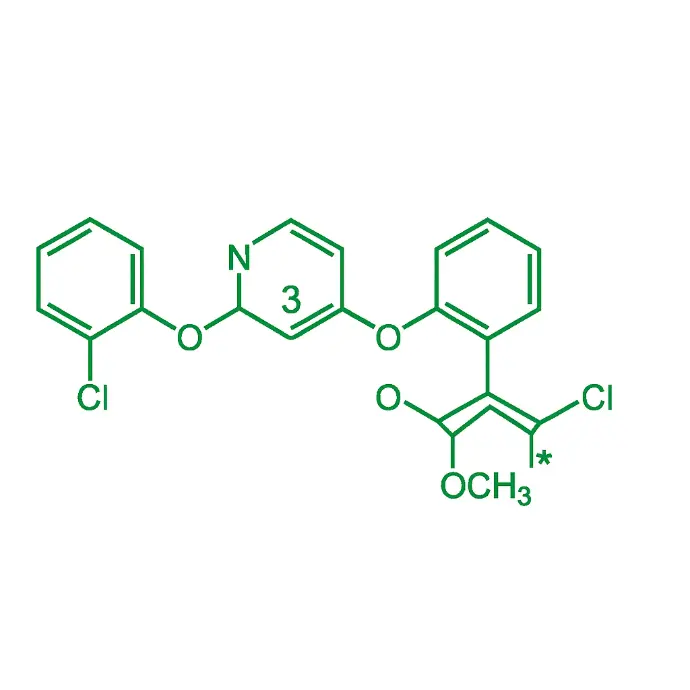
Cyproconazole
Cyproconazole is a systemic azole fungicide primarily used in agriculture to control a wide range of fungal diseases. It's effective against various fungal pathogens on crops like cereals, coffee, sugar beet, fruits, and peanuts, as well as in turf and wood preservation. The fungicide is known to be moderately soluble in water and readily soluble in organic solvents.